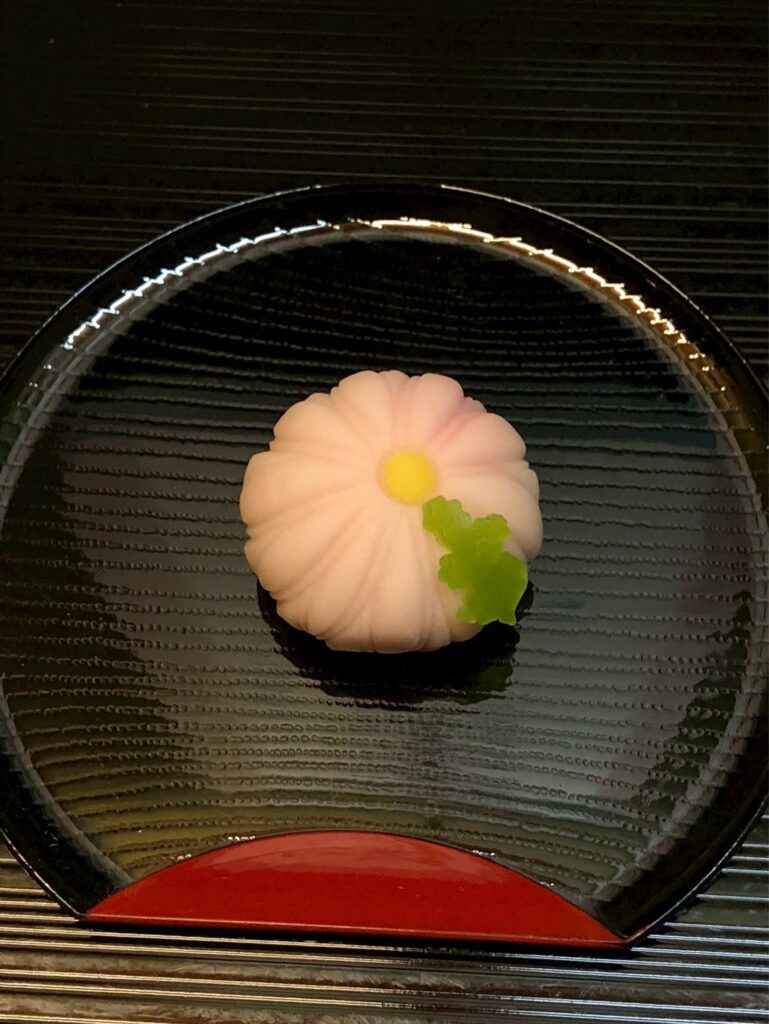You can take many photos during the tea ceremony experience.
茶道体験中、たくさんの写真を撮ってお楽しみください。
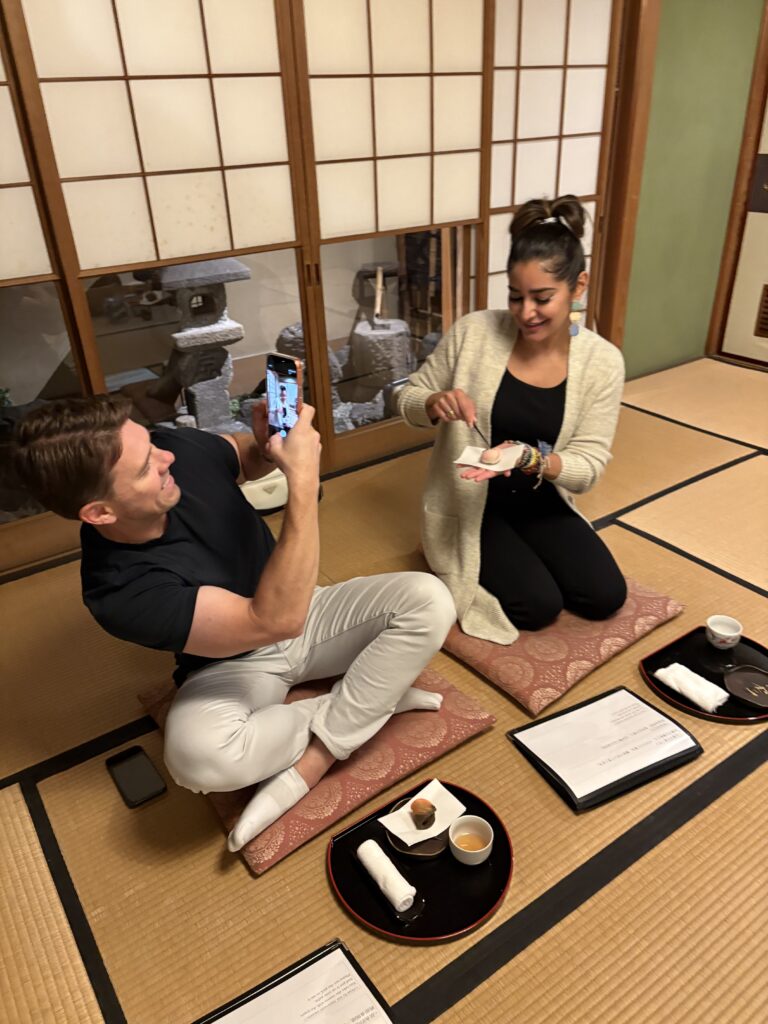
You can take many photos during the tea ceremony experience.
茶道体験中、たくさんの写真を撮ってお楽しみください。

Origami crane and a bowl with a crane design.
折り鶴&鶴のデザインの茶碗です。
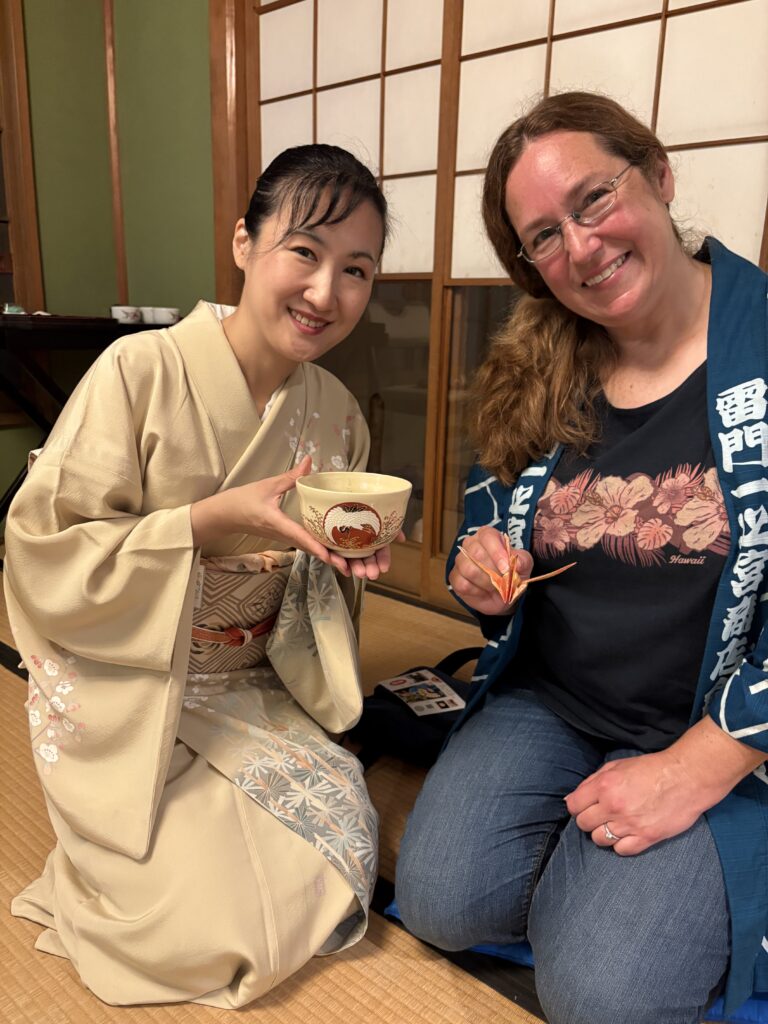
This is a tea sweets named “Kogarashi,” featuring a design inspired by autumn leaves.
「木枯らし」という名前の、紅葉をイメージしたデザインの茶菓子です。
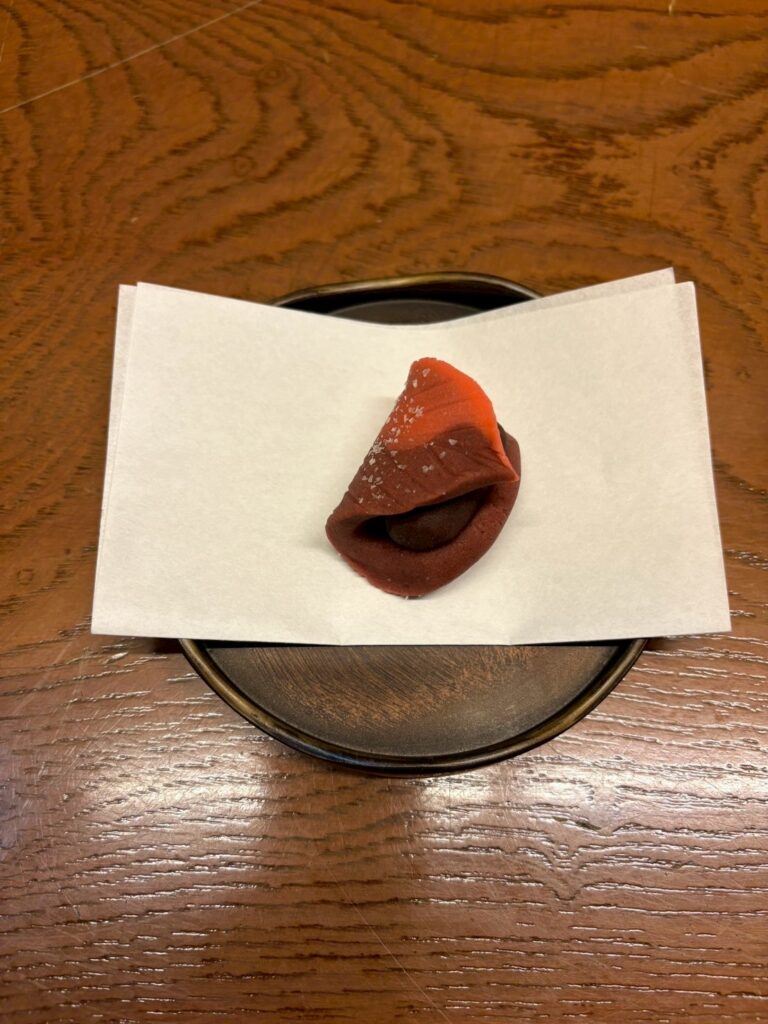
They came from the US and enjoyed wearing kimono and experiencing the tea ceremony.
アメリカからお越しのお客様、着物を着て、茶道体験をお楽しみいただきました。
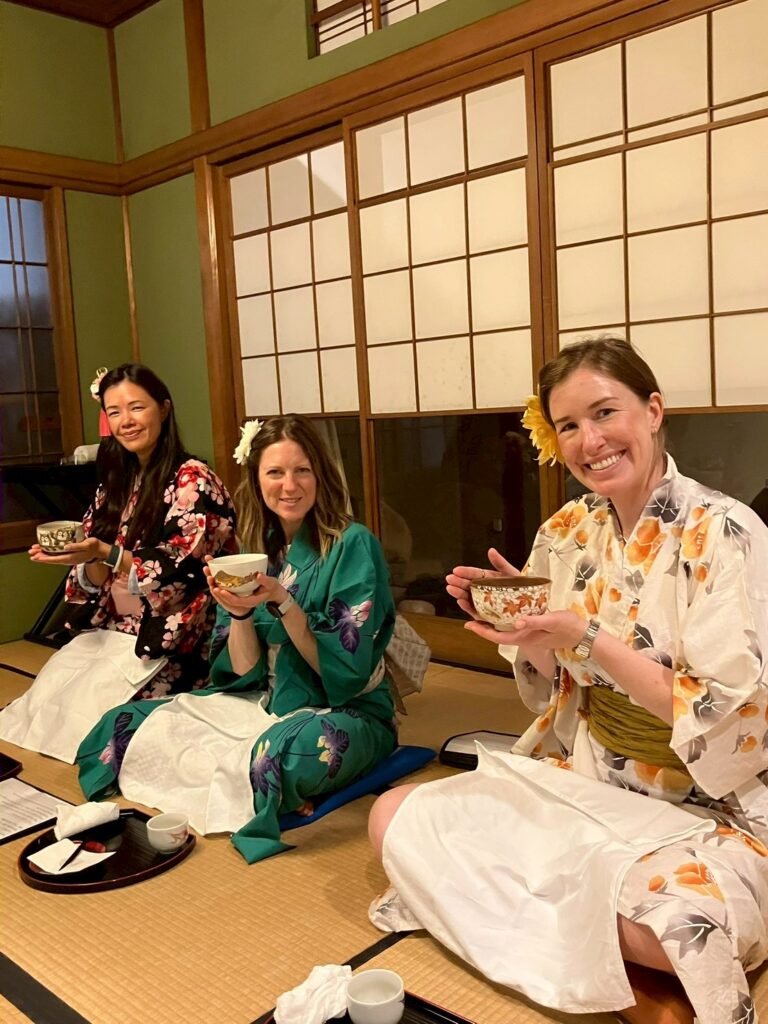
They came from Madagascar and enjoyed a tea ceremony experience.
マダガスカルからお越しの皆様、茶道体験をお楽しみいただきました。

They came from Scotland and enjoyed a tea ceremony experience.
スコットランドからお越しのご夫婦、茶道体験を楽しまれました。
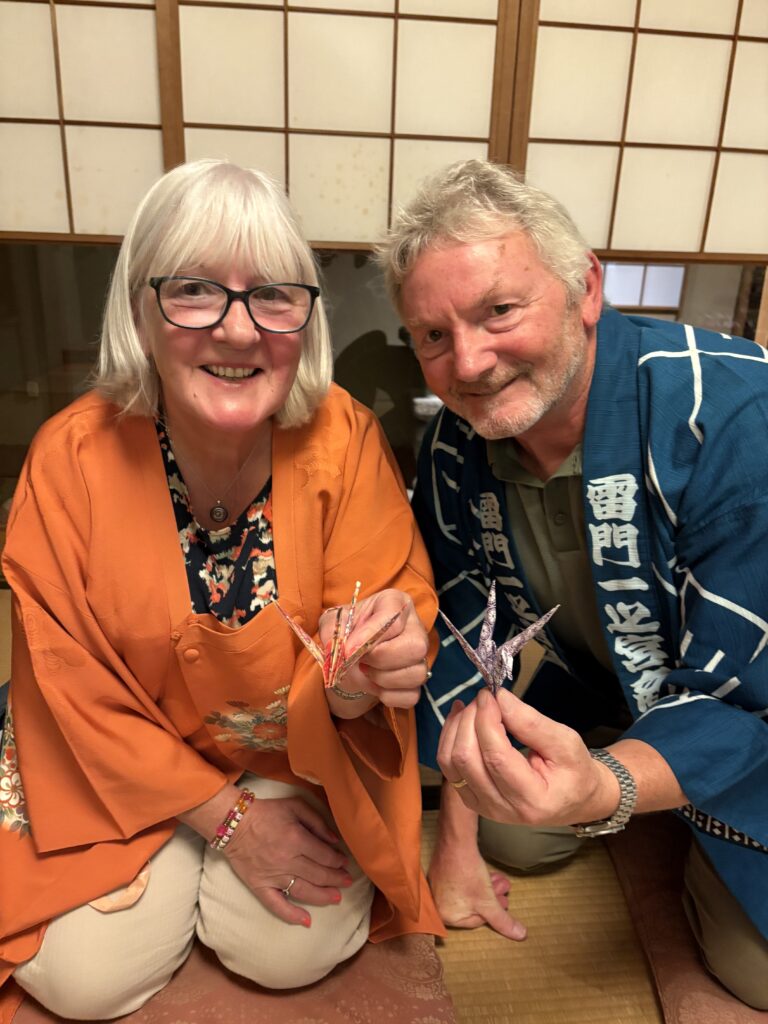
This shows the experience of making matcha.
抹茶を点てる体験のご様子です。
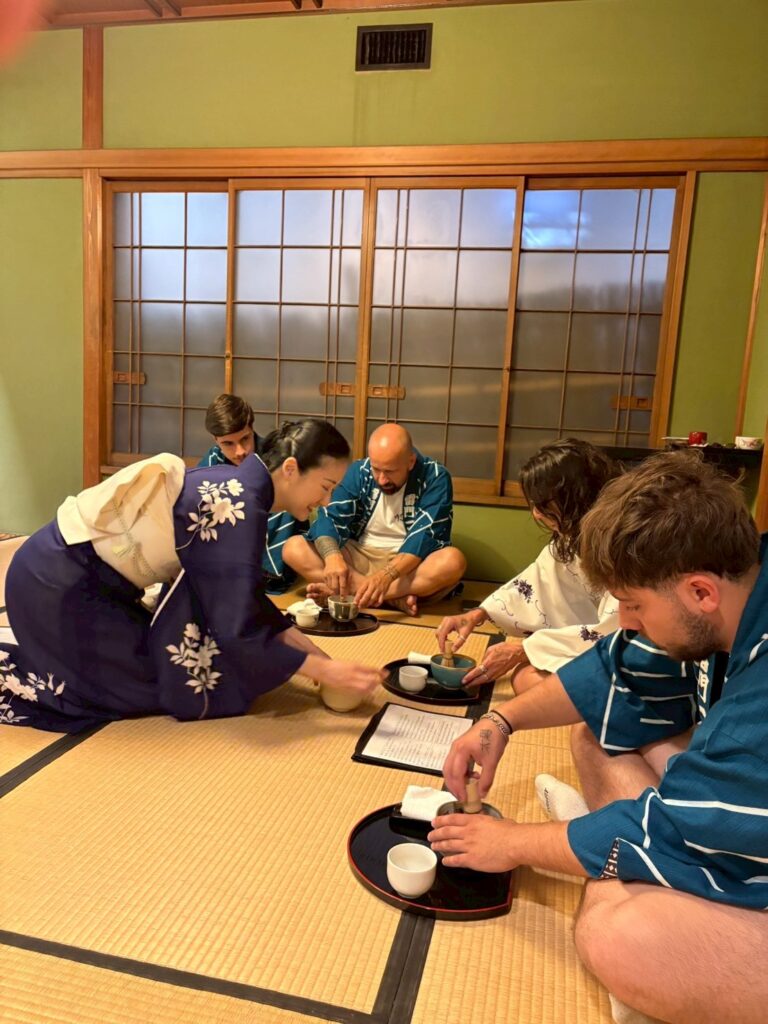
She came from South Africa and enjoyed wearing a yukata, experiencing tea ceremony, and doing origami.
南アフリカからお越しのお客様、浴衣と茶道体験と折り紙をお楽しみいただきました。
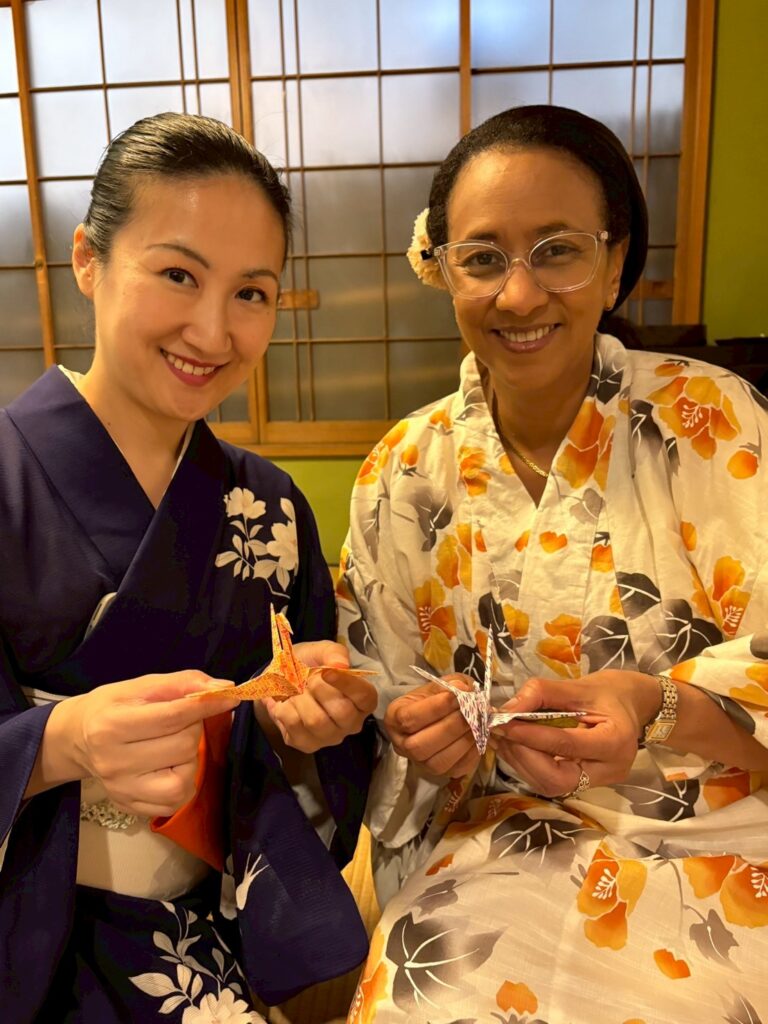
You can wear happi coats and haori jackets for free.
法被や羽織を無料でお召しいただくことも可能です。
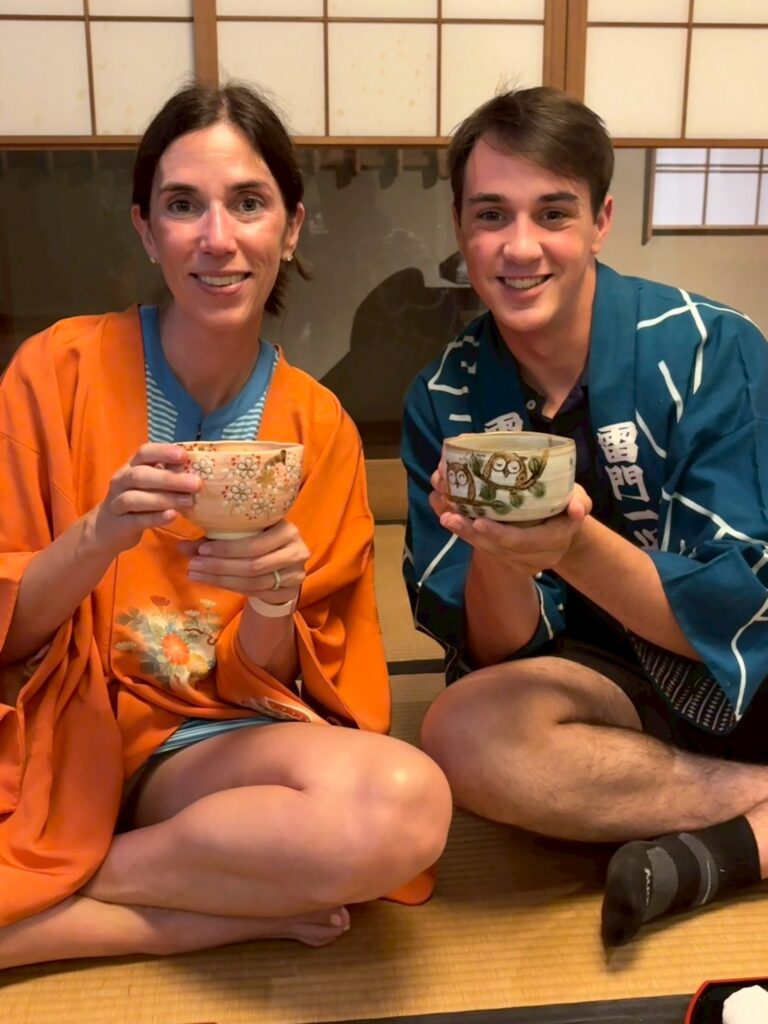
This sweets have a cosmos flower design.
秋桜の花のデザインのお菓子です。
